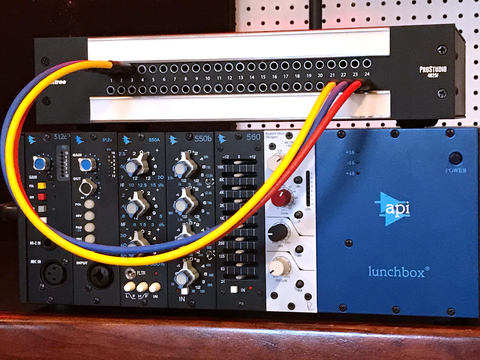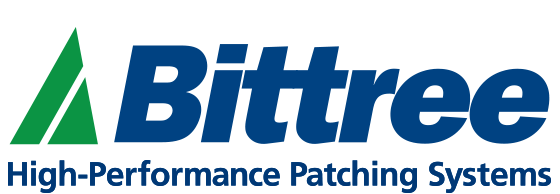TT PATCHBAY
Have you ever thought about owning a TT patchbay? How about a TRS bay? Are you constantly going behind your equipment to re-route signals? If so, you should know what a TRS or pro TT patchbay can do for you.
WHICH TT PATCHBAY?
Let’s say you’ve got a 6 channel mixer, a few processors or noise boxes and you don’t transport your rig to other studios and you won’t likely ever expand your setup. You might get by with a 48 point TRS patchbay. Rotating the jack modules 180 degrees does jack programming. Many companies make this type of patchbay and while limited in its abilities, this model does keep your small studio’s wiring neat and your inputs and outputs all in one place. Having your ins and outs show up at a patchbay will save you a lot of valuable time and keep the outputs you use often normalled to the inputs you usually record with. If you think you might take your rig to a professional studio and will need to interface with that studio’s patchbay, Bittree’s new 4825F patchbay with 2 rows of 24 TT jacks is perfect for a small rig that needs a professional interface. The 4825 is available with DB25 input output/connectors on the rear panel making it easy to connect your outboard equipment.
BUT WHAT IF YOU SEE EXPANSION IN THE FUTURE?
If you have 24 outputs and 24 inputs or more, then you are the perfect candidate for a 96 point TT patchbay. It’s time to step up! 96 total patch points allow 48 sources and up to 48 destinations. Once you get up to this many inputs and outputs you are clearly amassing a lot of equipment and you want to make sure you’ve always got enough room to grow. Having extra patchbay real estate will always come in handy down the road when you upgrade your console or add equipment. Stepping up to a TT patchbay gives your studio a more professional vibe and going programmable will open up countless possibilities for signal routing, normalling and grounding schemes.
WHAT ELSE IS THERE TO CONSIDER?
Other patchbay features to question are: Does this bay have large label strips and front access to programming and grounding shunts? Does this patchbay even have programming options? Am I getting a solid chassis? Can I change grounding schemes? Does the TT patch-bay have a lacing bar on the back or any other strain relief?
TODAY’S TAKEAWAY
Buy the appropriate TT patchbay for your setup. Make sure you get something that has the features you’re looking for and is solidly built. Choose the connectors on the back to suit your application and make sure you get something that’s big enough to grow into!
Subscribe to our newsletter and always be the first to hear about what is happening.
© 2026 Bittree
